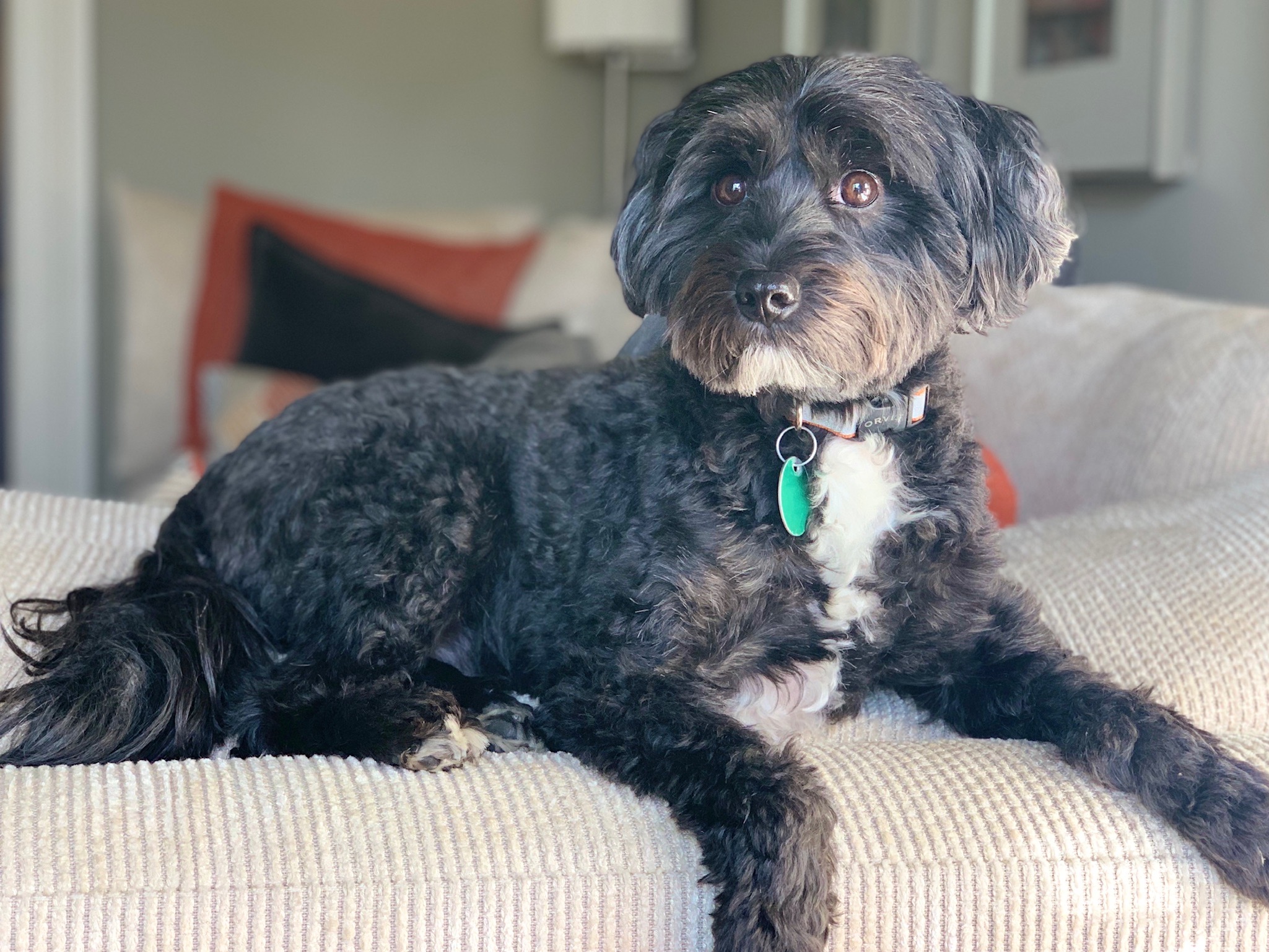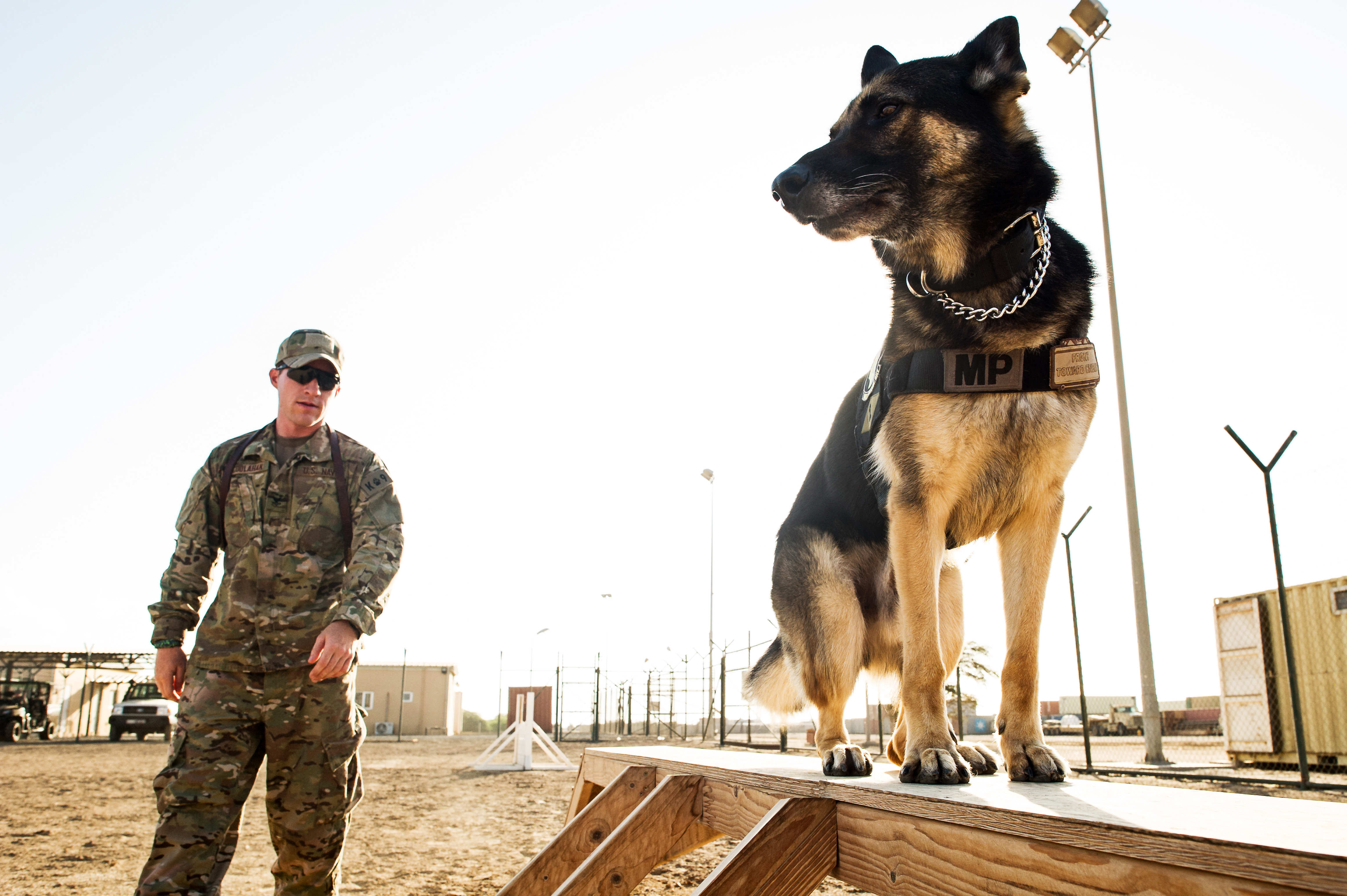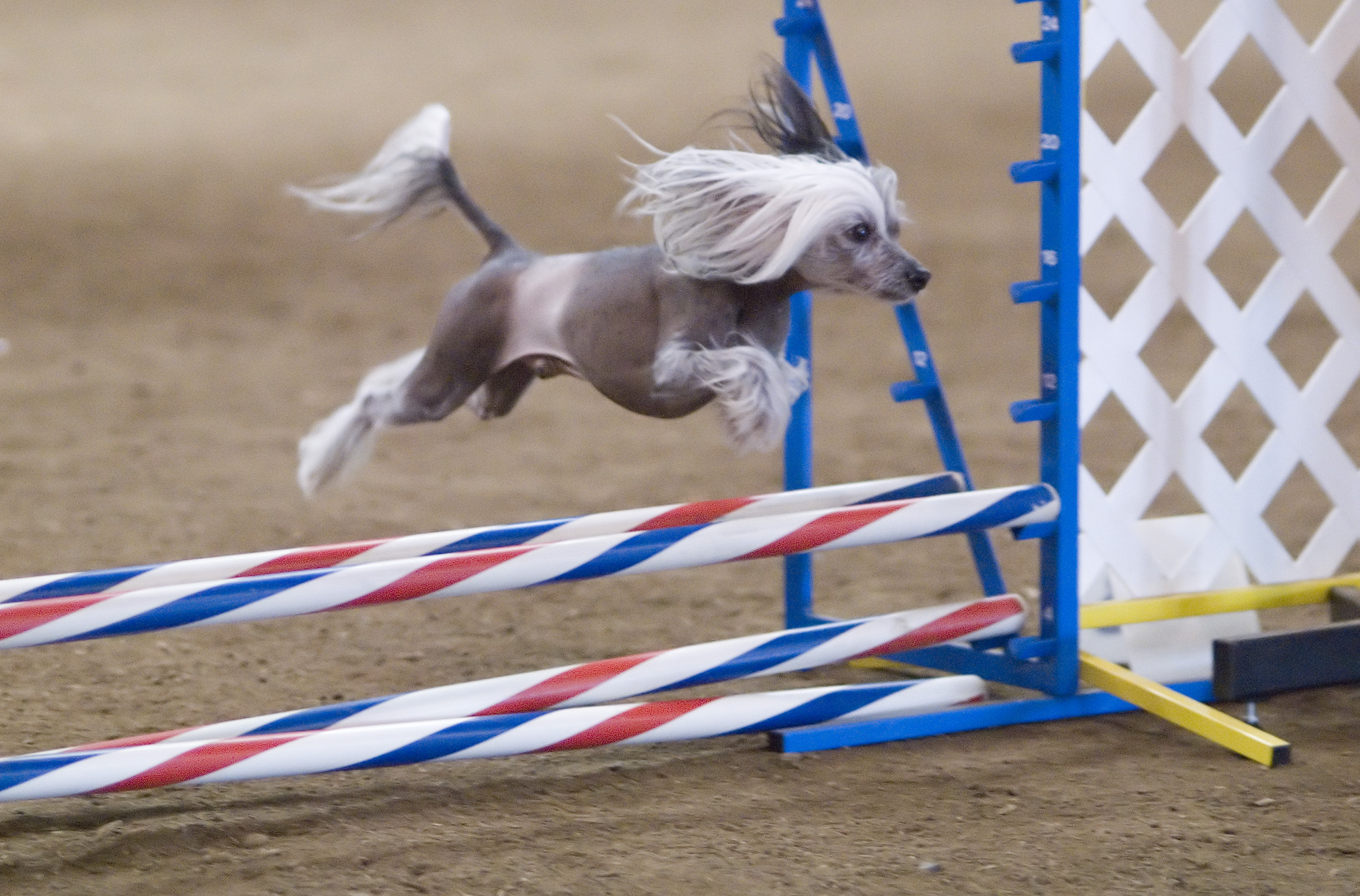|
Tibetan Terrier
The Tibetan Terrier is a medium-sized breed of dog that originated in Tibet.American Kennel Club (2013). '' Get to know the Tibetan Terrier.'' Retrieved from http://www.akc.org/breeds/tibetan_terrier/index.cfm Despite its name, it is not a member of the terrier group. The breed was given its English name by European travelers due to its resemblance to known terrier breeds. The Tibetan name for the breed, Tsang Apso, roughly translates to "shaggy or bearded ("apso") dog, from the province of Tsang". Some old travelers' accounts refer to the dog as Dokhi Apso or "outdoor" Apso, indicating a shaggy or bearded working dog which lives outdoors. History Historically, Tibetan Terriers were kept as good luck charms, mascots, watchdogs, herding dogs, and companions. They were also used to retrieve articles that fell down mountainsides.Tibetan Terrier Club of America (2012). ''About the Breed: History.'' Retrieved from http://ttca-online.org/html/history.html Dr. Agnes Greig of England ... [...More Info...] [...Related Items...] OR: [Wikipedia] [Google] [Baidu] |
Tibet
Tibet (; ''Böd''; ) is a region in East Asia, covering much of the Tibetan Plateau and spanning about . It is the traditional homeland of the Tibetan people. Also resident on the plateau are some other ethnic groups such as Monpa people, Monpa, Tamang people, Tamang, Qiang people, Qiang, Sherpa people, Sherpa and Lhoba peoples and now also considerable numbers of Han Chinese and Hui people, Hui settlers. Since Annexation of Tibet by the People's Republic of China, 1951, the entire plateau has been under the administration of the People's Republic of China, a major portion in the Tibet Autonomous Region, and other portions in the Qinghai and Sichuan provinces. Tibet is the highest region on Earth, with an average elevation of . Located in the Himalayas, the highest elevation in Tibet is Mount Everest, Earth's highest mountain, rising 8,848.86 m (29,032 ft) above sea level. The Tibetan Empire emerged in the 7th century. At its height in the 9th century, the Tibet ... [...More Info...] [...Related Items...] OR: [Wikipedia] [Google] [Baidu] |
Polish Lowland Sheepdog
The Polish Lowland Sheepdog ( pl, Polski Owczarek Nizinny, also PON), is a medium-sized, shaggy-coated, sheep dog breed native to Poland. Description Appearance The PON is a muscular, thick-coated dog. The double coat can be of any color or pattern; white, gray, and brown are most common, with black, gray, or brown markings. It is common for colors to fade as the dogs reach adulthood. The undercoat is soft and dense, while the topcoat is rough and either straight or wavy, but not curly. The hair around the head makes the head appear to be larger than it actually is, and typically covers the eyes. Males are 45 – 50 cm (18 – 20 inches) in height at the withers, while females are 42 – 47 cm (17 – 19 inches). Males typically weigh between 40 – 50 lb, females, 30 – 40 lb. The body is just off square, it appears rectangular due to the abundance of coat on the chest and rear; the ratio of the height to the body length should be 9:10 (a 45&n ... [...More Info...] [...Related Items...] OR: [Wikipedia] [Google] [Baidu] |
Progressive Retinal Atrophy
Progressive retinal atrophy (PRA) is a group of genetic diseases seen in certain breeds of dogs and, more rarely, cats. Similar to retinitis pigmentosa in humans, it is characterized by the bilateral degeneration of the retina, causing progressive vision loss culminating in blindness. The condition in nearly all breeds is inherited as an autosomal recessive trait, with the exception of the Siberian Husky (inherited as an X chromosome linked trait) and the Bullmastiff (inherited as an autosomal dominant trait). There is no treatment. Types of PRA In general, PRAs are characterised by initial loss of rod photoreceptor cell function followed by that of the cones and for this reason night blindness is the first significant clinical sign for most dogs affected with PRA. As other retinal disorders, PRA can be divided into either dysplastic disease, where the cells develop abnormally, and degenerative, where the cells develop normally but then degenerate during the dog's lifetime. Ge ... [...More Info...] [...Related Items...] OR: [Wikipedia] [Google] [Baidu] |
Luxating Patella
A luxating patella, sometimes called a trick knee, is a condition in which the patella, or kneecap, dislocates or moves out of its normal location. Patellar luxation is a common condition in dogs, particularly small and miniature breeds. The condition usually becomes evident between the ages of 4 and 6 months. It can occur in cats, as well, especially domestic short-haired cats. It also occurs in humans, where it can be associated with damage to the anterior cruciate ligament. There have been several reports of patella luxation in other species such as miniature pigs, alpacas, llamas, cattle and goats. Causes Rarely, it can be caused by some form of blunt trauma, but most frequently, it is a developmental, congenital defect. In congenital cases, it is frequently bilateral. The condition can also be inherited through genetics. This can also be caused by obesity. Diagnosis Diagnosis is made through palpation of the knee, to see whether it slips inside the joint more than would no ... [...More Info...] [...Related Items...] OR: [Wikipedia] [Google] [Baidu] |
Hip Dysplasia (canine)
In dogs, hip dysplasia is an abnormal formation of the hip socket that, in its more severe form, can eventually cause lameness and arthritis of the joints. It is a genetic (polygenic) trait that is affected by environmental factors. It is common in many dog breeds, particularly the larger breeds, and is the most common single cause of arthritis of the hips. During growth, both the ball (the head of the femur, or thighbone) and the socket in the pelvis (acetabulum) must grow at equal rates. In hip dysplasia, this uniform growth during puppyhood does not occur. The result is laxity (looseness) of the joint, followed by degenerative joint disease (DJD) or osteoarthritis (OA), which is the body's attempt to stabilize the loose hip joint. Overview Normal hip anatomy In the normal anatomy of the hip joint, the almost spherical end of the femur head (the caput, or caput ossis femoris) fits into the acetabulum (a concave socket located in the pelvis). The bony surfaces of the femur he ... [...More Info...] [...Related Items...] OR: [Wikipedia] [Google] [Baidu] |
Tracking (dog)
Tracking refers to a dog's ability to detect, recognize and follow a specific scent. Possessing heightened olfactory abilities, dogs, especially scent hounds, are able to detect, track and locate the source of certain odours.Hepper, P. G., & Wells, D. L. (2005). How many footsteps do dogs need to determine the direction of an odour trail?. Chemical Senses, 30(4), 291–298. A deeper understanding of the physiological mechanisms and the phases involved in canine scent tracking has allowed humans to utilize this animal behaviour in a variety of professions. Through domestication and the human application of dog behaviour, different methods and influential factors on tracking ability have been discovered. While tracking was once considered a predatory technique of dogs in the wild, it has now become widely used by humans. Physiological mechanisms According to zoosemiotics animal communication involves an exchange of information between a sender and a receiver through a transfer of ... [...More Info...] [...Related Items...] OR: [Wikipedia] [Google] [Baidu] |
Flyball
Flyball is a dog sport in which teams of dogs race against each other from the start to the finish line, over a line of hurdles, to a box that releases a tennis ball to be caught when the dog presses the spring-loaded pad, then back to their handlers while carrying the ball. Flyball is run in teams of four dogs, as a relay. The course consists of four hurdles placed 10 feet (3 m) apart from each other, with the starting line six feet (1.8 m) from the first hurdle, and the flyball box 15 feet (4.5 m) after the last one, making for a 51-foot (15.5 m) length. The hurdle height is determined by the ulna's length or the smallest dog's shoulder height on the team (depending on the association). For example, under current North American Flyball Association (NAFA) rules, this should be 5 inches (12.7 cm) below the withers height of the smallest dog, to a height of no less than 7 inches (17.8 cm) and no greater than 14 inches (35.6 cm). United Kingdom Flyba ... [...More Info...] [...Related Items...] OR: [Wikipedia] [Google] [Baidu] |
Dog Showmanship
Dog showmanship is a set of skills and etiquette used by handlers of dogs in a dog competition. Dog showmanship is not a competition in itself but a qualification of the handler to present a dog to its best advantage. Skills are technical as well as artistic. A handler must groom and display the dog for a judge in specific ways but a true showman can accentuate the best features of the dog and even mask any faults. Many professional handlers train and condition the dogs they accept into their program as they see fit. This means that dogs owned by others are away from home with their handlers for months at a time. Professional showmen may handle dogs as a sole source of income. Most often referring to handling for dog conformation competition, showmanship can also refer to hunting dog competition, racing dogs, and tracking dogs. It also refers to the sportsmanship of competitors; able to lose with grace, win with humility and unflappable in the face of unforeseen circumstances. A ... [...More Info...] [...Related Items...] OR: [Wikipedia] [Google] [Baidu] |
Rally Obedience
Rally obedience (also known as Rally or Rally-O) is a dog sport based on obedience. It was originally devised by Charles L. "Bud" Kramer from the obedience practice of "doodling"—doing a variety of interesting warmup and freestyle exercises. The doodles were usually parts of obedience exercises that taught the skills and improved performance and accuracy. Unlike regular obedience, instead of waiting for the judge's orders, the competitors proceed around a course of designated stations with the dog in heel position. The course consists of 10 to 20 signs that instruct the team what to do. Unlike traditional obedience, handlers are allowed to encourage their dogs during the course. There are currently seven sanctioning bodies for Rally-O in the United States: the American Kennel Club (AKC); World Cynosport (formerly the Association of Pet Dog Trainers (APDT)); Canine Work and Games (C-Wags;) and Canines and Humans United (CHU). The United Kennel Club (UKC) added rally obedience ... [...More Info...] [...Related Items...] OR: [Wikipedia] [Google] [Baidu] |
Obedience Training
Dog training is the application of behavior analysis which uses the environmental events of antecedents (trigger for a behavior) and consequences to modify the dog behavior, either for it to assist in specific activities or undertake particular tasks, or for it to participate effectively in contemporary domestic life. While training dogs for specific roles dates back to Roman times at least, the training of dogs to be compatible household pets developed with suburbanization in the 1950s. A dog learns from interactions it has with its environment. This can be through classical conditioning, where it forms an association between two stimuli; non-associative learning, where its behavior is modified through habituation or sensitisation; and operant conditioning, where it forms an association between an antecedent and its consequence. There are a variety of established methods of animal training, each with its adherents and critics. Some of the better known dog training procedures i ... [...More Info...] [...Related Items...] OR: [Wikipedia] [Google] [Baidu] |
Dog Agility
Dog agility is a dog sport in which a handler directs a dog through an obstacle course in a race for both time and accuracy. Dogs run off leash with no food or toys as incentives, and the handler can touch neither dog nor obstacles. The handler's controls are limited to voice, movement, and various body signals, requiring exceptional training of the animal and coordination of the handler. An agility course consists of a set of standard obstacles laid out by a judge in a design of their own choosing in an area of a specified size. The surface may be of grass, dirt, rubber, or special matting. Depending on the type of competition, the obstacles may be marked with numbers indicating the order in which they must be completed. Courses are complicated enough that a dog could not complete them correctly without human direction. In competition, the handler must assess the course, decide on handling strategies, and direct the dog through the course, with precision and speed equally impo ... [...More Info...] [...Related Items...] OR: [Wikipedia] [Google] [Baidu] |
Dog Sport
The dog (''Canis familiaris'' or ''Canis lupus familiaris'') is a domesticated descendant of the wolf. Also called the domestic dog, it is derived from the extinct Pleistocene wolf, and the modern wolf is the dog's nearest living relative. Dogs were the first species to be domesticated by hunter-gatherers over 15,000 years ago before the development of agriculture. Due to their long association with humans, dogs have expanded to a large number of domestic individuals and gained the ability to thrive on a starch-rich diet that would be inadequate for other canids. The dog has been selectively bred over millennia for various behaviors, sensory capabilities, and physical attributes. Dog breeds vary widely in shape, size, and color. They perform many roles for humans, such as hunting, herding, pulling loads, protection, assisting police and the military, companionship, therapy, and aiding disabled people. Over the millennia, dogs became uniquely adapted to human behavior, and ... [...More Info...] [...Related Items...] OR: [Wikipedia] [Google] [Baidu] |







